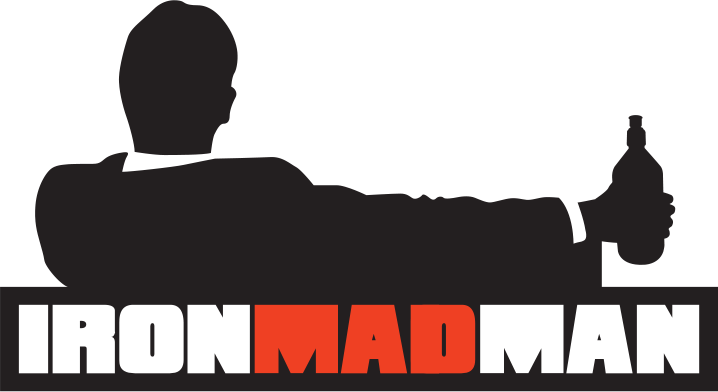Now that I’m on my second child, I can’t help but notice the parallel moments that feel all too close to deja vu.
Ayla slept like an angel for the first two months. She’d wake up once a night, and we were profoundly grateful for the reprieve from the zombie-like state Steph and I both were fearing. That 10-month hazy nightmare we recall from Audra’s tempestuous early stages.
Now, Ayla’s sleep has regressed. We’re back to that funk from four years ago.
We’re seeing more hours on the clock during the wee hours of the night, and the sleep quality has plummeted. Meanwhile, illness has taken root throughout the house. This has hit Steph much harder as she’s nursing and pumping still. Thank goodness she’s filled with such good cheer and patience.
My admiration for her, truly, has never been higher. I’ve never seen someone able to remain so cheerful and loving despite an astonishing sleep gap.
I have little patience in the darkness. And I’m supposed to be the Ironman of the team.
I know that every with every wake-up, it’s less likely I’m going to find the strength to get up a few hours later to train. I can feel my “escape” escaping right through my willpower to catch it.
Win the sunrise? Yeah. Right now, it’s win three hours of uninterrupted sleep.
The mental toll this takes is the worst. It’s like you grow satisfied with a pattern, only to see it interrupted and have to start over again, anticipating a new pattern.
The not knowing is the toughest part, especially for a planner such as myself.
And now, we’re at the point where I recall in early 2016 that I had to tell my then-coach, Brian, “I just can’t train right now. I’m barely sleeping.”
I’ve got to find a way to break through this time. How can I use my gained wisdom to be better prepared and mentally stronger?
Knowing there’s a pattern here, and knowing the pattern will change, is not dissimilar to racing in an Ironman. We’ve just hit the sleep wall in the Schneider house, that’s all.
We simply have to live out my preaching to Good Wolf athletes that a breakthrough is around the corner. Another milestone is up ahead. Another opportunity for a breakthrough. And hopefully more consistent and restful sleep.
Still, it’s a mental freaking grind.
Mile 18 sure sucks sometimes.
